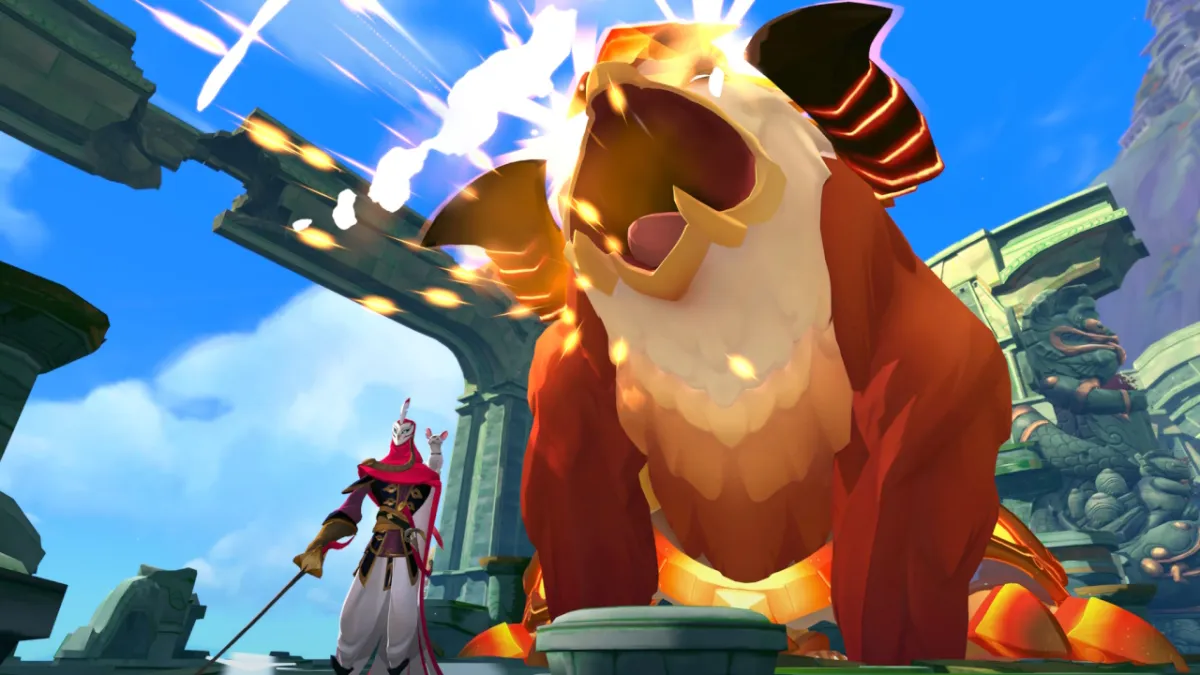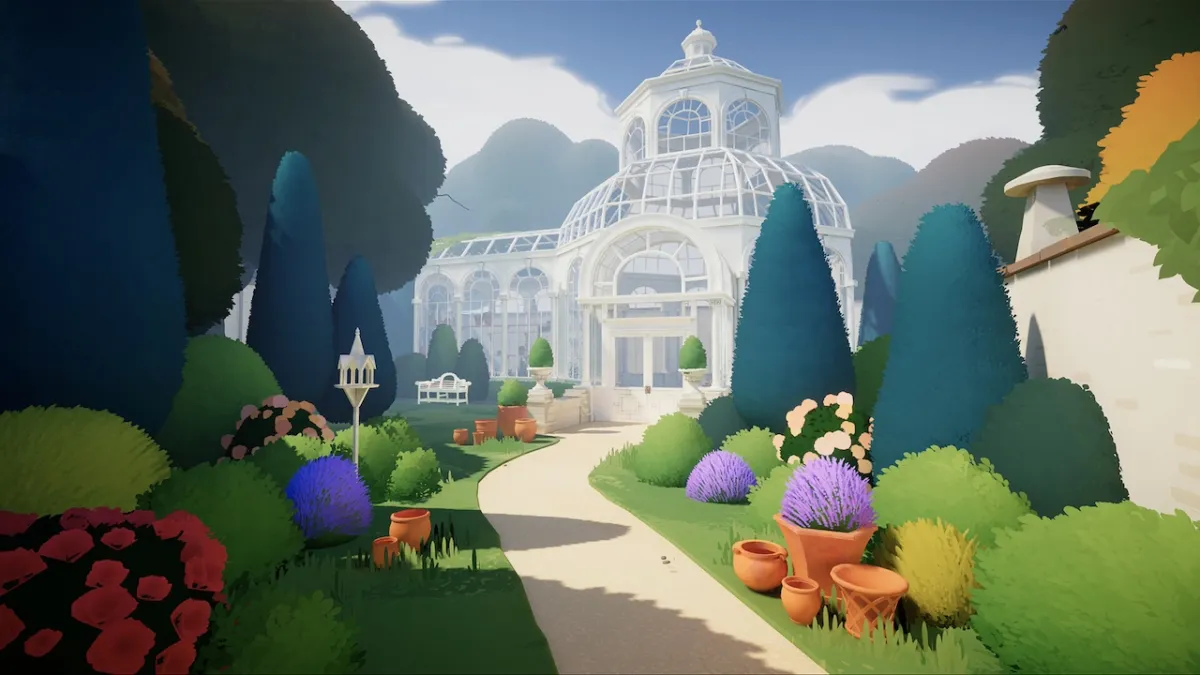I sometimes ponder what our industry would be like if games, rather than being named in an attempt to draw in the crowds, were instead titled according to what actually happens within. I suspect Call of Duty sales wouldn’t be half as high were the series called Have Your Sexuality and Ethnicity Questioned By Self-Important 12 Year Olds, although Silent Hill would probably do okay as Oh God Why Are The Walls Bleeding. (Interestingly, Batman: Arkham Asylum and Arkham City would likely just be I’m Batman, parts one and two.)
Going by this logic, The War of the Worlds should be named Just Fucking Die.
There was one late-game section where I died so often and so regularly that I decided to count how long it took me to get from one death to the next. It turned out to be roughly every nine seconds. Nine seconds. I haven’t died in a game this often since Super Meat Boy, and that had instantaneous respawns.
So just what is The War of the Worlds, other than a rare chance for your console to get its own back? The boring-but-accurate description would be “a puzzle-platformer based around the HG Wells novel of the same name.”
It’s a bit more interesting than that sounds, though. It’s been noticeably inspired by Another World/Out of this World, Flashback, Heart of Darkness, the original Prince of Persia, and the more recent Limbo – and it has the glorious Sir Patrick Stewart narrating. There’s little direct combat; most of your time is spent running, hiding, and solving environmental puzzles to move on, usually while something is trying to kill you.
That’s perhaps not surprising considering the setting. The War of the Worlds opens in the 1950s with protagonist Arthur Clarke (a nice shout-out, there) heading into London on a train, fresh from an observatory visit, when everything suddenly goes to hell. The train derails, London is on fire, people are fleeing in terror, and gigantic tripod machines are stalking the streets.
Arthur – who I’ll probably refer to as Patrick Stewart for the rest of this review – isn’t a soldier, or a hero. He’s a terrified everyman who nevertheless prioritises finding his brother and his beloved over saving his own skin, and this hunt leads him into the heart of London when everyone else is trying to get out.
The production values and presentation are top notch. Graphically, the backgrounds and environments are all beautifully drawn, mostly in monochrome and muted colours to evoke tone and period. The sound design is incredibly well-pitched, shifting through foreboding bass, bombastic music, and creepy ambient sound as the situation demands. It goes without saying that Patrick Stewart, as a future Arthur narrating his adventure, handles the (surprisingly well-written) material wonderfully. The only real complaint I have about the presentation is in terms of the animation, which – while nice – isn’t up to the quality of the environments, and causes a few gameplay issues. We’ll get to that.
Most of the time you’re trying to get from left to right without dying too often, which is a hell of a lot trickier than it sounds. Initial levels have hordes of panicked people stampeding around you, usually falling prey to the obstacles you need to get escape, and you’re generally leaping over fire, climbing obstacles, avoiding dangling electrical wires, and ducking into cover to evade hovering Martian drones with their searchlights and insta-kill lasers.
As you head further into London, though, the crowds thin out and everything becomes a bit more eerie. At times you’ll be exploring abandoned buildings and fending off robot spiders; at other times you’ll be desperately fleeing the cloying “black smoke” chemical weapon, slamming doors behind you to hold it off for a few seconds longer. Sometimes you’re making careful leaps from platform to platform to ascend a ruined building; sometimes you’re flicking switches to open a path ahead without letting something horrible in.
It’s rarely repetitive. Each new area brings brand new threats and challenges, and even when you’re up against the same things (drones, spiders, smoke) there are usually new twists to make things more difficult than before.
“Difficult” doesn’t really come close to it, though. Even “controller-smashing, invective-hurling, blood-boiling levels of frustration” doesn’t quite sum it up. As with the list of games name-checked further up your moves have to be careful and deliberate if you want to survive, and you’re almost always under severe time pressure. Fall too far, and Sir Patrick dies. Get touched on the foot by a laser, and Picard’s picked off. Let the rapidly-growing (and worryingly creepy) red weeds latch on for too long and Stewart’ll be sipping tea with Shakespeare before you can shout “OH FOR FU-”
It’s just occurred to me this game would be much more amusing if, rather than Arthur Clarke, you really were controlling Patrick Stewart. Oh well. Despite the smirk-inducing emergency radio broadcasts, which evoke a British wartime can-do spirit and offer some light mockery of other countries, “amusing” probably isn’t the tone Other Ocean were going for.
I digress. Players need to be laser-precise to survive; the game doesn’t offer much of a margin for error. If you’re half a step off when you leap upwards to grab onto an overhanging ledge, you’ll do little but bang your head. Try to complete a running jump a step too early and you’re going to fall. There are one or two late-game areas in which you’ll die if you get your timing wrong by – quite literally – a quarter of a second.
This is where that animation problem comes in: the game likes to take its time. If you want to walk a step and turn around, expect it to take a moment – this isn’t the sort of game that instantly responds. This problem is compounded in the aforementioned section where precise timing is required as the death animation doesn’t play until the “climbing up” animation is complete, making it a complete bastard to work out whether you were too quick or too slow.
As such, mastering the controls is of utmost importance… which is problematic in its own way, because they feel far too loose. Also causing issues is that Arthur seems to move “freely” as opposed to, say, the Prince from Prince of Persia, who would either move a full step or a half-step at a time. There, there were limited locations on which you could stand. Not so, here.
Despite this – despite the frustration, and the rage, and the point where I actually bit my hand rather than try to snap the controller in two – I really enjoyed The War of the Worlds.
Okay, I probably have a masochistic streak, but there’s more to it than that. Part of it’s down to the wonderfully melancholic atmosphere, and part of it’s down to enjoying Sir Patrick’s soothing tones. More than that, though, I think it’s that we don’t get games of this genre very often, and this is for the most part a solid effort.
It’s hard. It’s unfair, and frustrating, and some of the checkpointing is borderline sadistic, and a couple of the more esoteric puzzles veer dangerously into “How the hell was I meant to work that out?” territory, and it’s perhaps a tad short (my completion time was apparently 4.5 hours, although it felt far longer). The thing is, that sentence in its entirety can also apply to Another World, which is rightly lauded as an excellent game. There are interesting puzzles, gorgeous locations, a good sense of pacing, a wide variety of obstacles to overcome, and a great sense of satisfaction when you beat them. In short: if you want something like Another World, you’ve found it.
The War of the Worlds is absolutely not for everyone – those with high blood pressure or weak wills need not apply – but if you fondly remember the games name-checked above, or if you enjoyed Limbo but want something less artsy, less creepy, and less spider-y, this is certainly worth a shot. I’m not going to pretend it doesn’t have issues or that it didn’t drive me half-mad with frustration, but equally I’m not going to hide the fact that I had a lot of fun dying my way through a ruined London.
Read Article Infection Free Zone review – Zombies in your backyard

Rating:
7.5

Category:
Reviews
Infection Free Zone review – Zombies in your backyard


